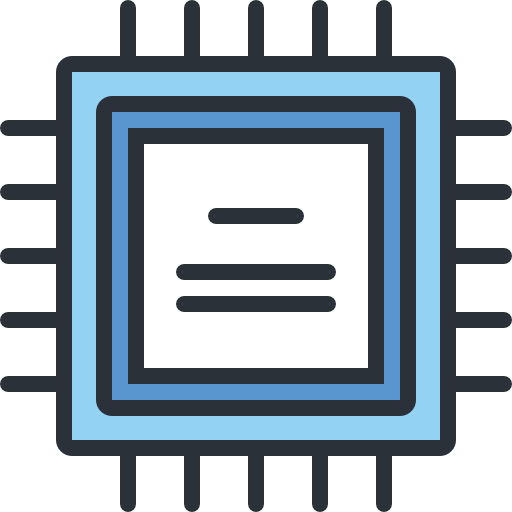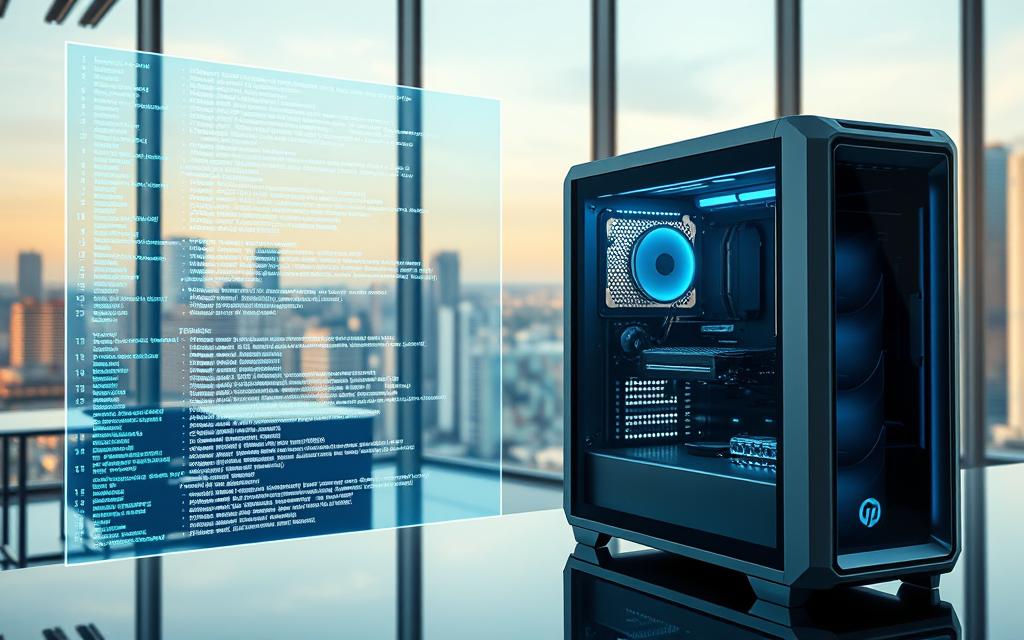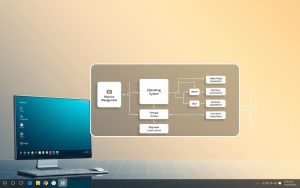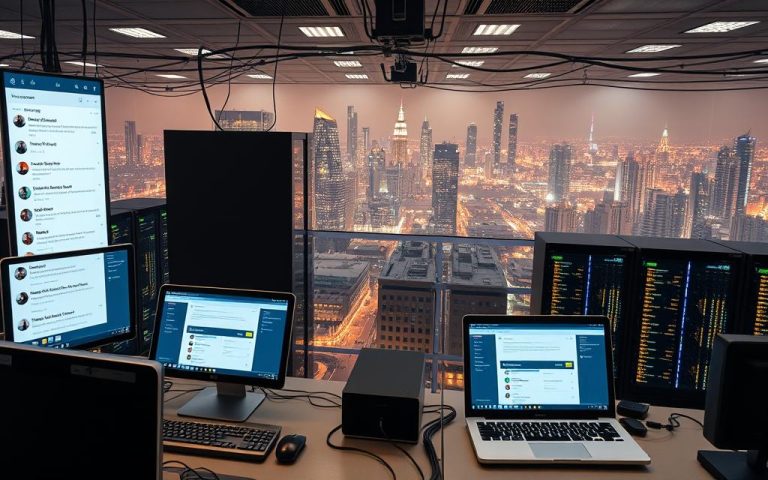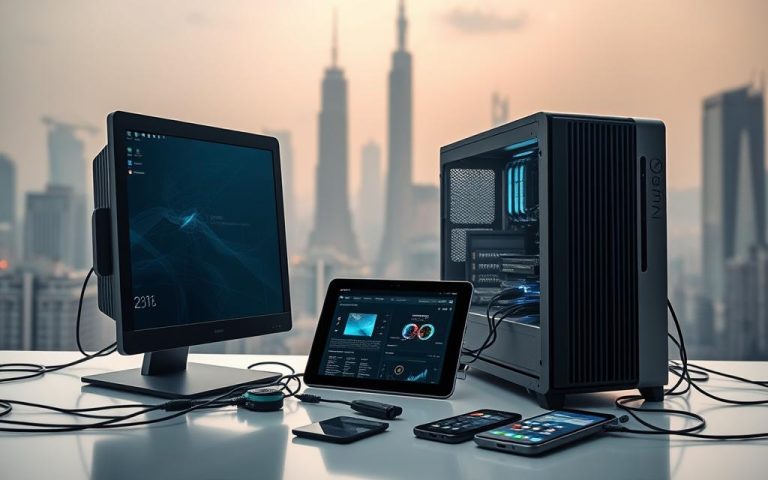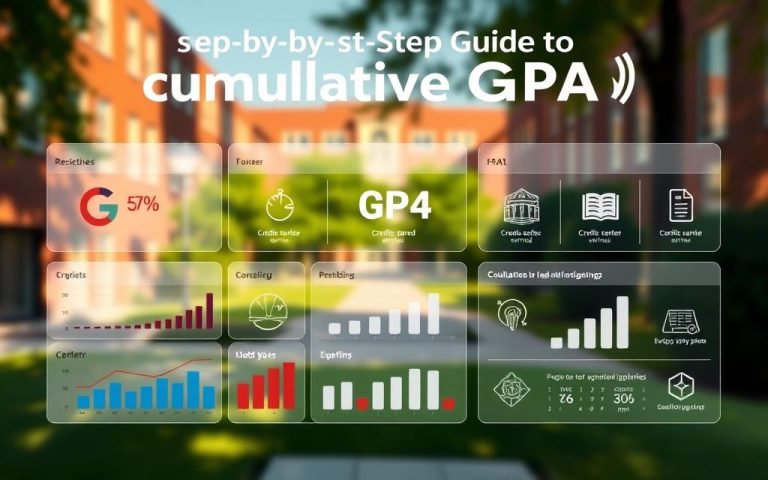What Is a Computer Operating System? Explained
An operating system serves as the backbone of modern devices, managing both software and hardware seamlessly. It bridges the gap between users and complex technical processes, simplifying interactions with machines.
This essential software handles critical tasks like memory allocation, process scheduling, and device coordination. By providing standardized tools, it allows applications to function efficiently without direct hardware access.
Users engage with the system through intuitive interfaces—either command-line or graphical. Popular examples like Windows and macOS demonstrate how these platforms enable multitasking across multiple applications simultaneously.
From smartphones to medical equipment, specialized versions ensure reliability in diverse environments. Security features like encryption further enhance protection for sensitive data.
What’s a Computer Operating System?
Behind every seamless user experience is a powerful software foundation. This layer coordinates hardware and applications, ensuring devices respond swiftly to commands. Without it, even advanced components would struggle to collaborate.
Core Definition and Purpose
An operating system acts as a universal translator. It converts generic requests from programs into hardware-specific actions. For example, printing a document involves standardized APIs, while drivers handle printer-specific commands.
During startup, BIOS or UEFI firmware loads the OS into memory. This boot process initializes critical components like storage controllers and network adapters. Modern systems also automate driver updates to patch security flaws.
How It Interacts with Hardware and Software
The OS mediates access to resources like USB ports and GPUs. Instead of letting applications control hardware directly, it allocates bandwidth and prevents conflicts. Industrial systems rely on real-time variants for maintaining precision.
Memory management prevents crashes by isolating app data. Distributed versions, like Windows Server, balance workloads across multiple machines. Such features ensure reliability in hospitals, factories, and data centers.
Key Functions of an Operating System
Modern devices rely on a critical layer of software to handle complex operations efficiently. This software orchestrates hardware and applications, ensuring optimal performance for everyday tasks. Below, we explore its core responsibilities.
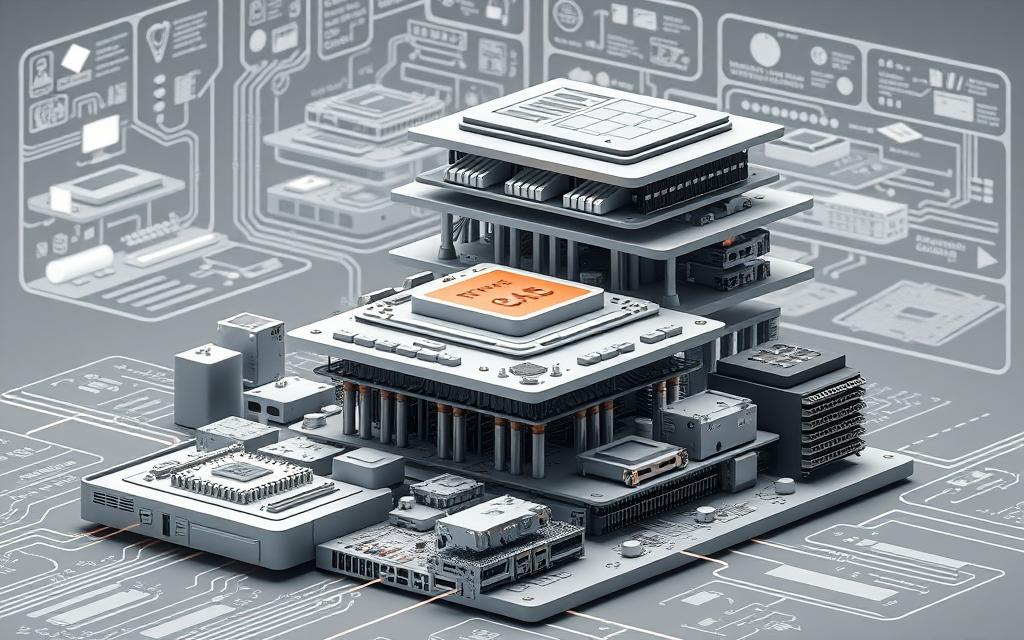
Resource Management: Memory, CPU, and Storage
The OS allocates resources like RAM and processing power dynamically. For example, virtual memory techniques allow systems to juggle multiple applications without crashing.
Advanced algorithms prioritize tasks:
- Timesharing: Divides CPU time between active programs.
- Swapping: Moves idle data to disk to free up RAM.
File systems like NTFS (Windows) and APFS (macOS) organizestoragesecurely. Learn more aboutresource managementin depth.
User Interface: CLI vs. GUI
Interfaces bridge human commands and machine actions. While GUIs (e.g., Windows’ Fluent Design) dominate consumer devices, CLIs offer precision for developers.
Evolution highlights:
- 1995: Windows 95 introduced Start menus.
- 2020s: Touch/voice controls became standard.
Application Execution and Multitasking
The OS launches programs in isolated environments to prevent conflicts. Tools like Linux’s systemd manage background processes, while Task Monitor tracks real-time performance.
Factory automation relies on real-time scheduling to maintain millisecond precision.
Security and Data Protection
Built-in safeguards include:
- Encryption: HIPAA-compliant frameworks for healthcare data.
- Sandboxing: macOS Gatekeeper restricts untrusted apps.
Ransomware protection and SELinux policies further shield sensitivedata.
Types of Operating Systems
From personal laptops to industrial machines, specialized software adapts to unique needs. Platforms vary by design, balancing speed, security, and usability for their target environments.
General-Purpose OS: Windows, macOS, and Linux
Microsoft Windows dominates 76% of desktops, offering broad hardware support. Windows 11 enhances gaming and multitasking, while Windows Server 2022 powers enterprise networks.
macOS excels in creative workflows, with tools like Final Cut Pro optimized for Apple’s ecosystem. Its Unix foundation ensures stability for media editors and developers alike.
*Open-source* Linux distributions like Ubuntu and Red Hat cater to developers. They’re lightweight, customizable, and ideal for servers or clusters using ROCm for GPU processing.
| OS | Best For | Key Feature |
|---|---|---|
| Windows 11 | Gaming, Office Work | DirectX 12 Ultimate |
| macOS Sonoma | Creative Pros | Metal 3 API |
| Ubuntu LTS | Servers/Developers | Snap Packages |
Mobile OS: Android and iOS
Android leverages a modified Linux kernel, enabling deep customization. Its app ecosystem suits budget to flagship devices, though security varies by manufacturer.
iOS prioritizes uniformity, with strict app vetting and hardware optimization. Features like Face ID and AirDrop integrate tightly with other Apple products.
Specialized OS: Embedded and Real-Time Systems
Embedded platforms, like those in smart TVs or routers, run stripped-down Linux for efficiency. Medical devices use certified versions to meet FDA standards.
Real-time systems (e.g., FreeRTOS) guarantee millisecond responses. They’re critical in automotive (QNX powers 75% of infotainment systems) and factory robots.
Conclusion
Modern software continues to evolve, adapting to new technologies like AI and quantum computing. The global market is projected to hit $72.9B by 2030, driven by innovations in security and performance.
From batch processing to edge computing, these platforms now power IoT ecosystems and AR/VR experiences. Lightweight designs, such as RISC-V compatible versions, cater to specialized needs.
Zero-trust models and containerization reshape traditional roles, ensuring safer interactions across devices. Choosing the right solution depends on workload demands, whether for servers or mobile applications.
As digital innovation accelerates, these systems remain the backbone of seamless functionality. Their adaptability ensures they’ll keep driving future advancements.
